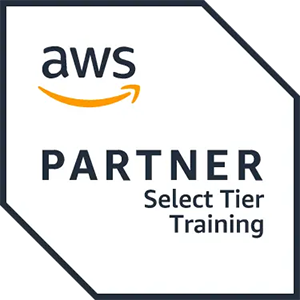This three-day course discusses edge security concepts for the service provider network. It discusses security for 5G networks on the main GPRS interfaces. Key topics include deploying an SRX Series device in different parts of the service provider network, implementing carrier-grade NAT, distributed denial of service (DDoS), malware inspection, command-and-control (C&C) prevention, IPsec tunnels, 5G security, control plane hardening, and BGP hardening. Additional topics include deploying MX-SPC3 card, configuring and verifying IPsec VPNs, and carrier-grade NAT, with unified services framework on MX Series platforms.
Students will gain experience in configuring, testing, and troubleshooting Junos OS through demonstrations and hands-on labs. This course is based on Junos OS 21.1R1.11.

 United Kingdom
United Kingdom Germany
Germany Denmark
Denmark Sweden
Sweden Italy
Italy Netherlands
Netherlands Norway
Norway 

















 Kesto
Kesto  Toimitus
Toimitus  Hinta
Hinta